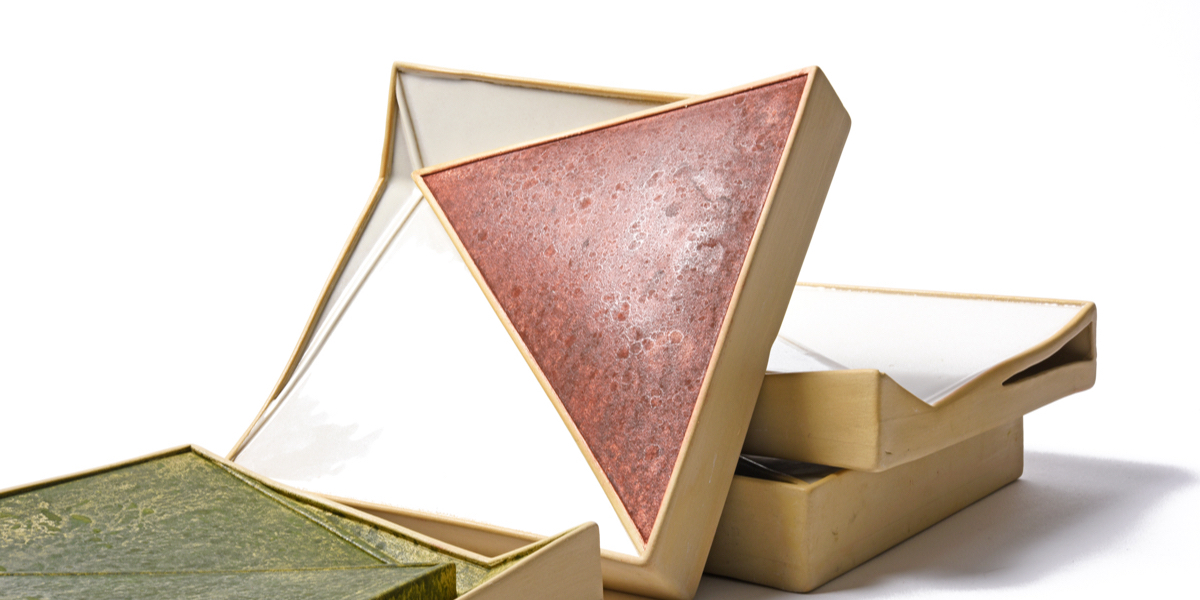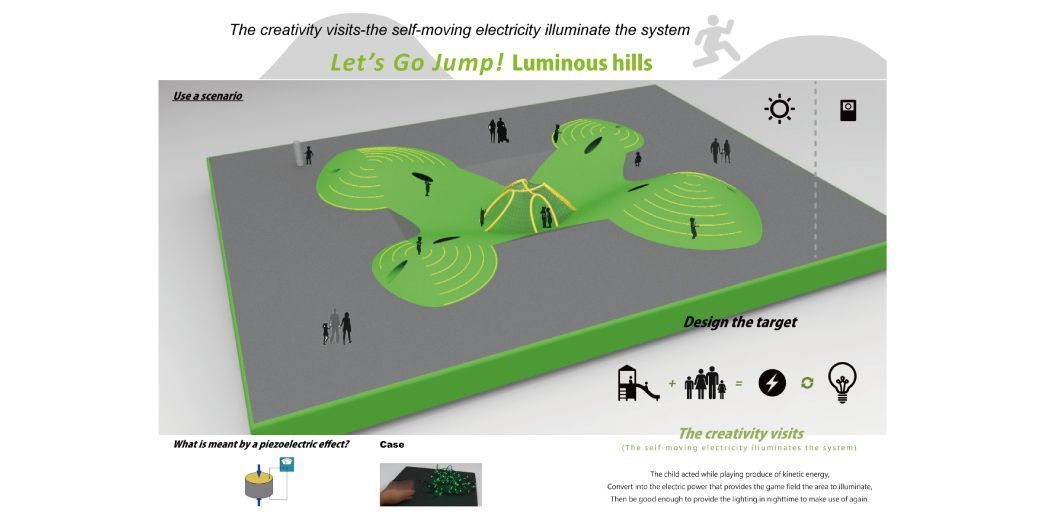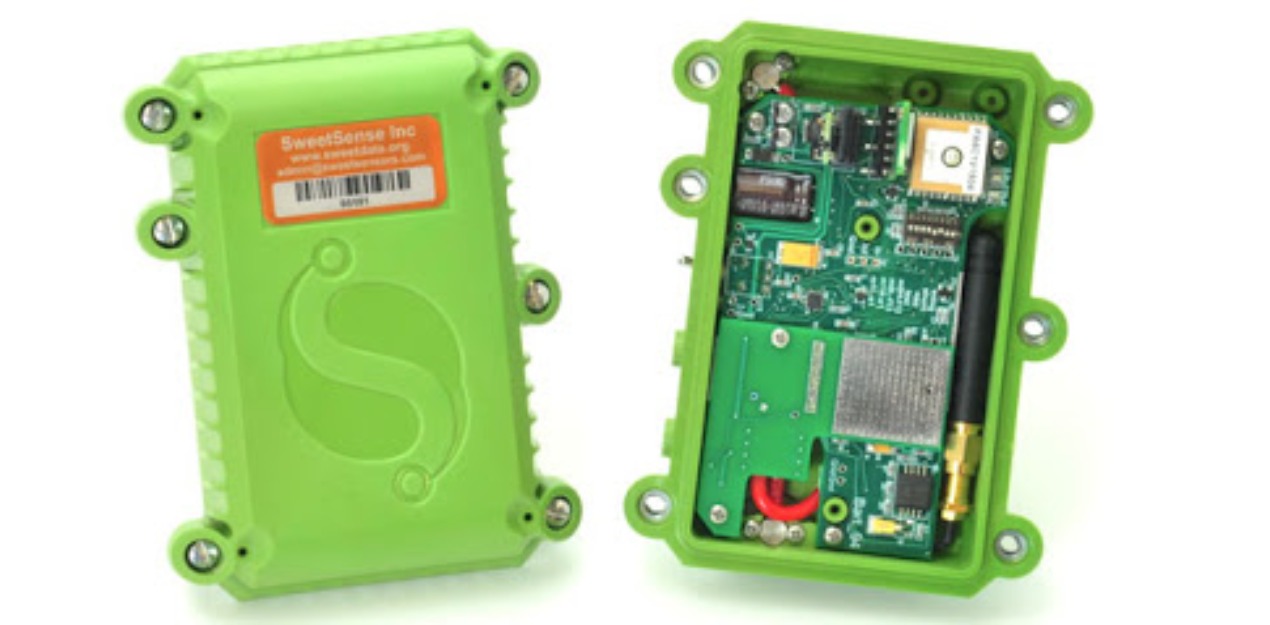AWARD YEAR
2023
CATEGORY
Community
GOALS
Good Health & Well-being, Industry, Innovation & Infrastructure, Sustainable Cities & Communities, Life On Land
KEYWORDS
Sponge city, Citygreening, handcraft, new materials, Micro-algae
COUNTRY
Germany
DESIGNED BY
Vivian Tamm
WEBSITE
https://viviantamm.com
Cellular _the breathing facade tile
Climate improving facade panels, accessing the natural growth of air algae as a living glaze
How does it work?
Following the concept of the "sponge city", in which precipitation is collected and managed locally, the double walled panels function as rainwater stores, unsealing vertical surfaces and transforming them into macro porous, water-absorbing structures. Simply through the stream controlling geometry of the surfaces, all incoming rainwater is directed in the top opening of the tile underneath. When saturated, the water diffuses out front and evaporates, causing the surrounding atmosphere to cool down.
On the humidified, microporous front structures, a second urban circuit closes. The wet environment creates an ideal habitat for the so far unwanted vegetation of the air algae. The naturally appearing, resilient microorganisms have remarkable photosynthetic and air pollutant-filtering capabilities. Within a wide material study, surface coatings were developed, that access the patina as a living and breathing glaze. Adjustments of the coatings allow defining the growth by area and color.
Why is it needed?
Today, over 50 percent of the world's population lives in cities, exposed to the harmful impact of air pollution and heat accumulations manifesting in elevated temperatures of up to 10 degrees Celsius. These conditions are the result of a high level of ground sealing, contradicting the natural balance of undeveloped land: Air pollutants accumulate in urban street canyons, while hardly any water is retained to provide natural evaporative cooling - a climate regulatory mechanism which is crucial in nature.
Urban rainwater and carbon dioxide management systems are becoming increasingly important as climate change progresses, while growing populations and urbanization are limiting the space continuously. The facade tile cellular is tackling those challenges space efficiently, by activating the largely available vertical surfaces on two synergizing levels: They are modified into rainwater retention systems and habitats for the colorful, air improving microbes.
How does it improve life?
Within cellular I am exploring how the integration of bionic designs into urban spaces can contribute to the transformation of rigid and anonymous infrastructures into adaptive, self-sufficient, and ecologically and socially inclusive ones. Cellular is designed to be a minimal invasive intervention, adding an organic layer of functionality to existing architecture, in order to create sensitive and vibrant ecosystems that embrace and celebrate the presence of more than human species:
The tiles are adaptable following the concept of cell differentiation, by performing various tasks in response to their orientation and surface coating. While offering great architectural freedom, a cooperating organism forms on the wall, reflecting its population at a cellular level. The reintegration of organic life into our urban landscapes, closes disrupted air and water cycles, makes cities more resilient to climate change and might play a fundamental role in changing our sensibility towards nature.







